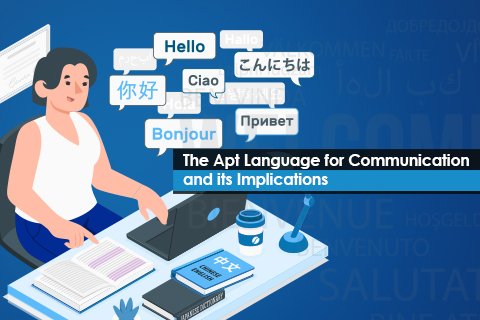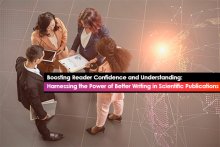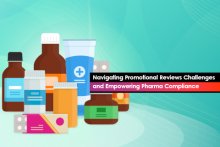Communication effectiveness across the marketing platforms is evaluated primarily based on how well the content engages the audience or, in the case of brands, the consumer. In healthcare, the information available on these platforms is diverse. There are many variations to multiple content types therefore, such boundless volume of content and technical terms may overwhelm the audience with information.
Initially, pharmaceutical promotional activities were an effort to keep medical practitioners updated on brands and the industry spectrum. The advent of Pharma 3.0 brought the need for marketing strategies to evolve and focus on patient centricity. Integration of technology has made consumers curious and conscious. The United States Food and Drug Administration (US FDA) encourages pharma companies to convey information regarding their brands in the most comprehensible way possible. However, some technical terms lose their meaning if they are translated into simple language.
Health decisions need proper studying and understanding of literature as they are significant in the long-term and short-term well-being. This is especially true for patients with chronic illnesses. A published report on ‘Annals of Internal Medicine’ says that patients with low medical literacy are more likely to be hospitalized, use medications inappropriately, and receive fewer recommended vaccines and scans. The study mainly focuses on written literature but highlights a valid point in patient education. Understanding the importance of medical communication in favor of the patients, the President of the United States signed the ‘Plain Writing Act of 2010’. It empowers the patient’s right by ensuring proper dissemination of information amongst the patient population to understand better their medical needs and their healthcare provider’s decisions. Regulatory bodies have a mandatory ‘readability test’ for patient information leaflets under labeling of pharmaceutical preparations. Test groups are asked to read the Patient Information Leaflet (PIL) and comprehend whether the language and information conveyed through the leaflet are understandable. The readability test aims to assure that the communication regarding the relevant medicine is perceived by consumers accurately.
Language barriers can pose challenges in providing affirmation of proper patient care and maintaining patient safety. A study reported ninety-two percent (92%) satisfaction in patient care was noticed after incorporating translational services in hospitals. This not only illustrates need but also creates an opportunity for brands to access the customer satisfaction landscape. By understanding the needs and moving forward with the right strategies, patient interest is given its due. To ensure that your promotional material is drafted right-first-time, Reach out to Freyr for quality review and assessment.





